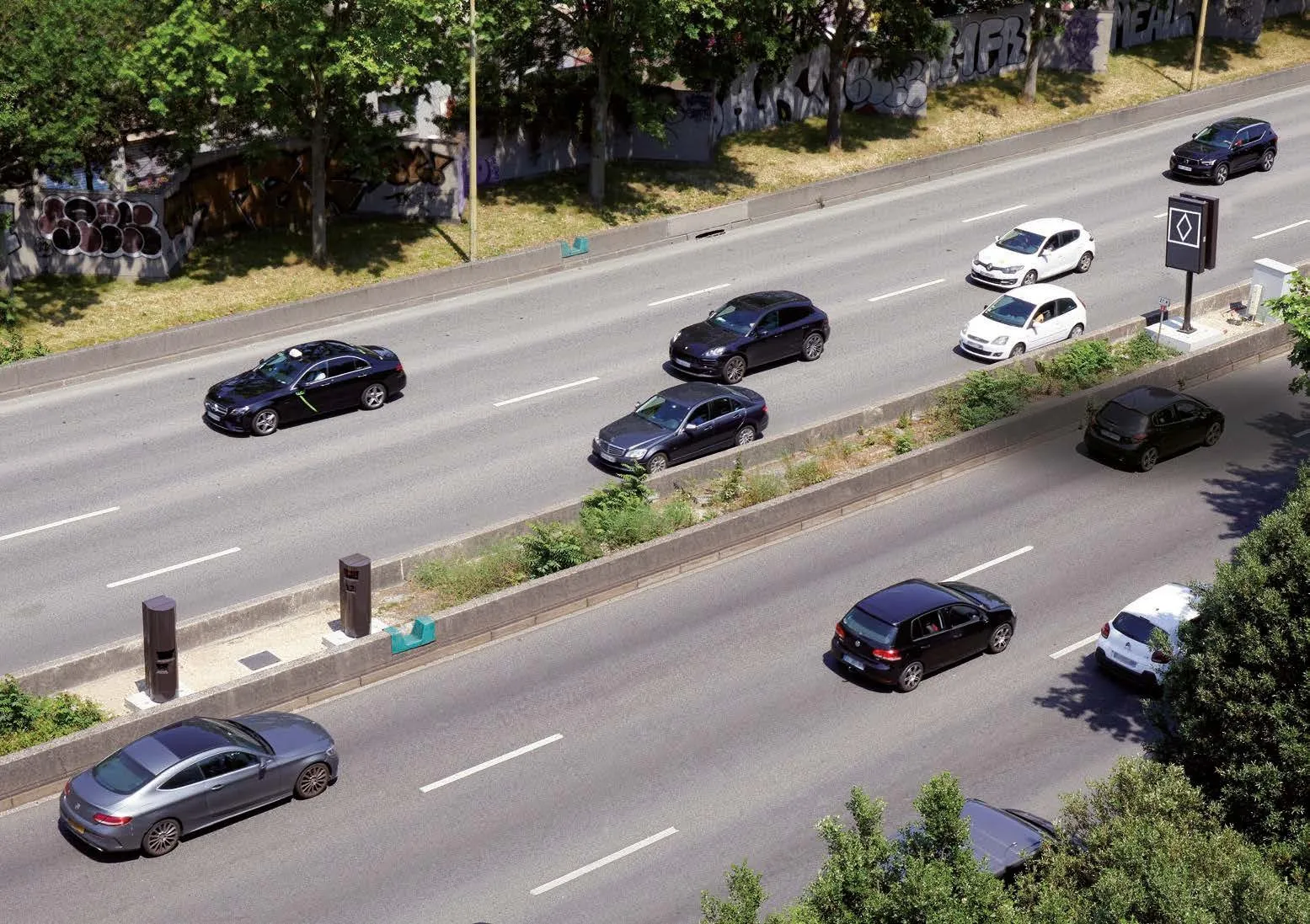Optelecom-NKF, manufacturer of Siqura advanced video surveillance solutions, has released its first ONVIF-compliant High-Definition (HD) IP cameras, the Siqura 6x series, with HD (720p) and Full HD (1080p) versions.
February 3, 2012
Read time: 1 min
The traditional box-style BC6x cameras and the vandal-proof fixed-dome FD6x cameras provide HD resolution images in H.264, MPEG-4 and MJPEG. With the option to configure multiple combinations of resolution and frame rate, the company says it is possible to satisfy a variety of different live-viewing and recording scenarios, making these cameras ideal for large professional installations where high resolutions and quality images are needed.
The Siqura 6x cameras offer true day/night and backlight compensation as standard features, as well as wide dynamic range functionality in some models, to ensure quality images in difficult lighting conditions.










